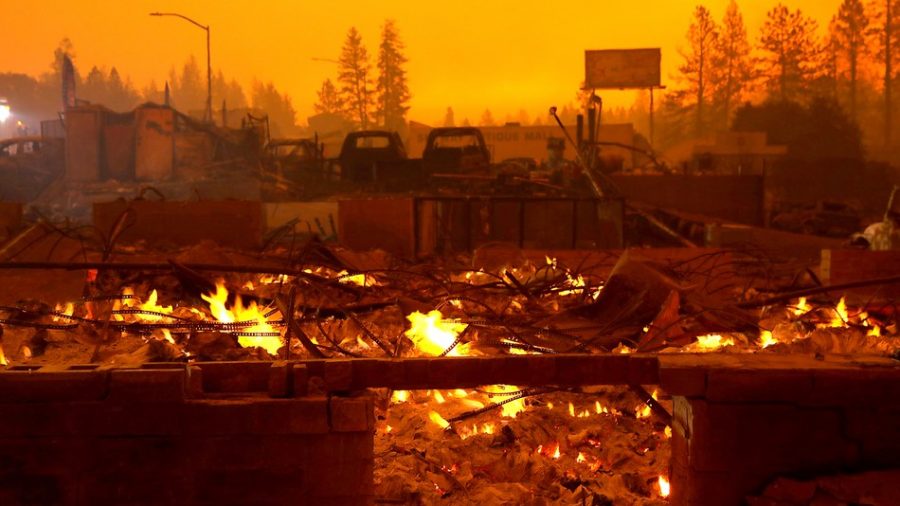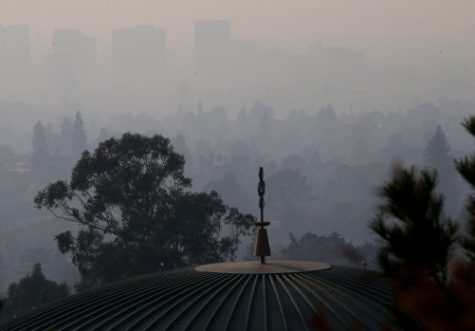There is hope for a possible solution to wildfires like Camp Fire in California

In California, among other states, dry heat is a constant, and intense wildfires rage to the point of it simply being a given. That unfortunate fact made the recent disaster Camp Fire all the more distressing when the wildfire was not just another typical fire, but it actually tripled the record damage from a wildfire in the state. Even more gut-wrenching was the fact that Camp Fire made the climate unbearable for Californians in the vicinity, triggering dry heaving and other symptoms simply from breathing the air. At its peak levels of air pollution, the air was more toxic than that in Beijing, China.
While it’s devastatingly easy to read the statistics and count the lives lost and the acres reduced to ashes, tragedies and innumerable losses like those at the hand of Camp Fire can possibly be reduced and prevented in the future. Surprisingly, this solution was birthed by two constantly feuding, opposing sides of many environmental conversations: loggers and environmentalist.
To begin, wildfires are generally initiated by dry underbrush, dying trees, and low-hanging dry material; in addition to an abnormally dry season, strong gusts of wind also played a role in the spread and speed of the wildfires. The timber industry, in general, is used to cutting down old growth trees and demolishing forests to the ground, much to the outrage and dismay of environmentalists. Many environmentalists argue that the flattening of forests is a major feeder of fires because it makes the ground even drier, and it has an effect on the climate.

OAKLAND, CA – NOVEMBER 08: Smoke from Butte County’s Camp Fire is seen over downtown Oakland in this view from the Mormon Temple in Oakland, Calif., on Thursday, Nov. 8, 2018. The Bay Area Air Quality Management District issued an air quality advisory due to the smoke. (Jane Tyska/Bay Area News Group)
Both sides care for the forests for obviously different reasons, but because of their common interest in investing in the precious woodlands, they’ve been able to put their differences aside. In doing so, they’ve formulated a new way forward: an updated thinning program.
Thinning of forests will vastly decrease the amount of small brush vegetation and overgrowth to encourage more space between trees and taller vegetation, as the lumber industry will be cutting down mainly trees that are small in diameter, according to the Wall Street Journal. Besides just adjusting the landscape, they will also be implementing small, controlled burns in different areas as well. Although it may seem dangerous and ominous in theory, controlled burns will actually complement the work of the loggers in incinerating the dry material that acts as the catalyst for the bleak blazes and helps them climb higher and higher into the atmosphere. The more intense the fire and the higher it gets, the more toxic the air and climate become for every living thing.
The initiative that both the federal government and the respective industries are showing is astounding to me, with President Donald Trump signing off on new plans to have even more controlled burns and greater control of the vegetation levels. Putting their differences aside is a huge, symbolic step for mankind, in terms of salvaging what little integrity is left of the planet.
While thinning may be a temporary fix to the definite problem, it in no way guarantees total prevention of wildfires, especially with the fact that climate change is also playing a role in natural disasters like this one. However, environmentalists, loggers, and the government alike are joining hands to tackle the seemingly never-ending infernos across the country, all in favor of saving the lands, animals, and people of the nation.

Susannah is a senior who is going into her third year writing for The Central Trend. Despite this being her last year in high school and on staff, she...


























































































